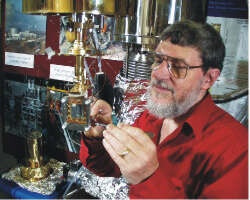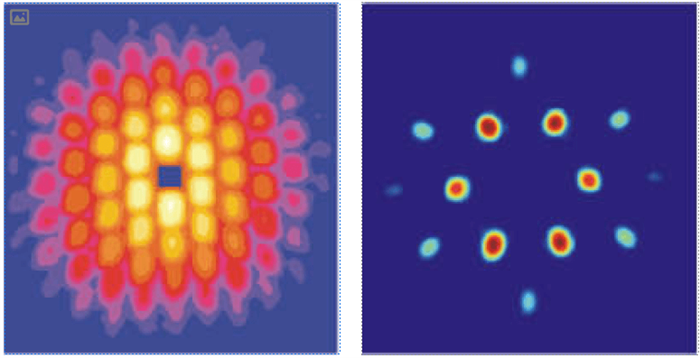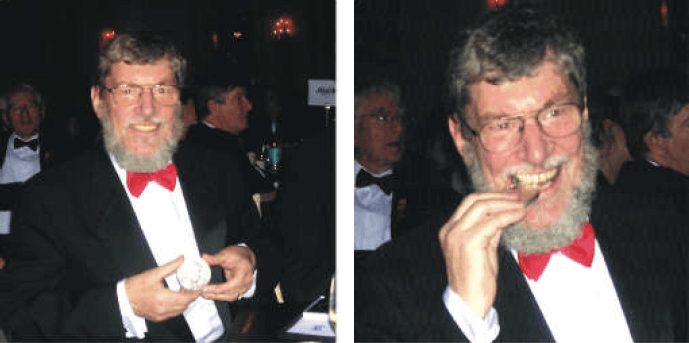Professor Ted Forgan's long and distinguished research career began in the late 1960's with a study of superconductors with Colin Gough and Joe Vinen. Of particular interest were the properties of quantised magnetic flux lines in "Type-II" superconductors, and their associated vortices of rotating supercurrent. He used the absorption of high frequency sound as a tool to investigate the vortex state.
 In the late 1970s, Ted abandoned superconductors for a while to study the then little-understood rare earth metals, where he made major contributions to an understanding of their complex magnetic structures. By the early 1980s he had realised the enormous power of neutron diffraction as a tool for studying the magnetic properties of these materials and his research activity moved progressively out of the Condensed Matter group laboratories and into big international facilities, such as the high-flux reactor at the Institut Laue-Langevin in Grenoble, France.
In the late 1970s, Ted abandoned superconductors for a while to study the then little-understood rare earth metals, where he made major contributions to an understanding of their complex magnetic structures. By the early 1980s he had realised the enormous power of neutron diffraction as a tool for studying the magnetic properties of these materials and his research activity moved progressively out of the Condensed Matter group laboratories and into big international facilities, such as the high-flux reactor at the Institut Laue-Langevin in Grenoble, France.
In 1986, high temperature superconductors were discovered and in 1987 the superconducting transition temperature was pushed above the temperature of liquid nitrogen. These new materials posed a huge theoretical and experimental challenge. This was a frenetic, but exciting, time with major discoveries being made on a weekly basis, including the measurement of the value of the magnetic flux quantum for which the Birmingham team is famous. Ted was ideally placed to make use of neutron diffraction to study the nature of the vortex state. Ted has made major contributions to our understanding of these materials, by diffracting neutrons off the magnetic flux lines. He has also used "muon spin rotation", a powerful technique employing the precession of these unstable particles to measure local magnetic fields at the position where the muons are implanted. The use of low energy muons is a rapidly developing field with great potential for the study of magnetism near surfaces.

Image above: Neutron diffraction patterns from magnetic flux lines, at lowand high resolution, showing the hexagonal packing of vortices in a superconductor. (Results obtained by Ted at the ILL)
The Mott Prize (2003)
Ted was awarded the prestigious Mott Medal and Prize by the Institute of Physics in recognition of his outstanding contributions to condensed matter physics and, in particular, for his influential work on the study of vortices in superconductors. At the award ceremony in the Savoy Hotel in London, sartorial convention for dinner jackets dictated that Ted was unable to wear his customary red shirt (he claims to own more than one!). However, he did sport his favourite colour by wearing a red bow-tie and cummerbund. He was delighted that some of his colleagues and former students, who have themselves made major contributions to the research, were also present at the Savoy.
Contact details
You can contact Professor Ted Morgan at e.m.forgan@bham.ac.uk.